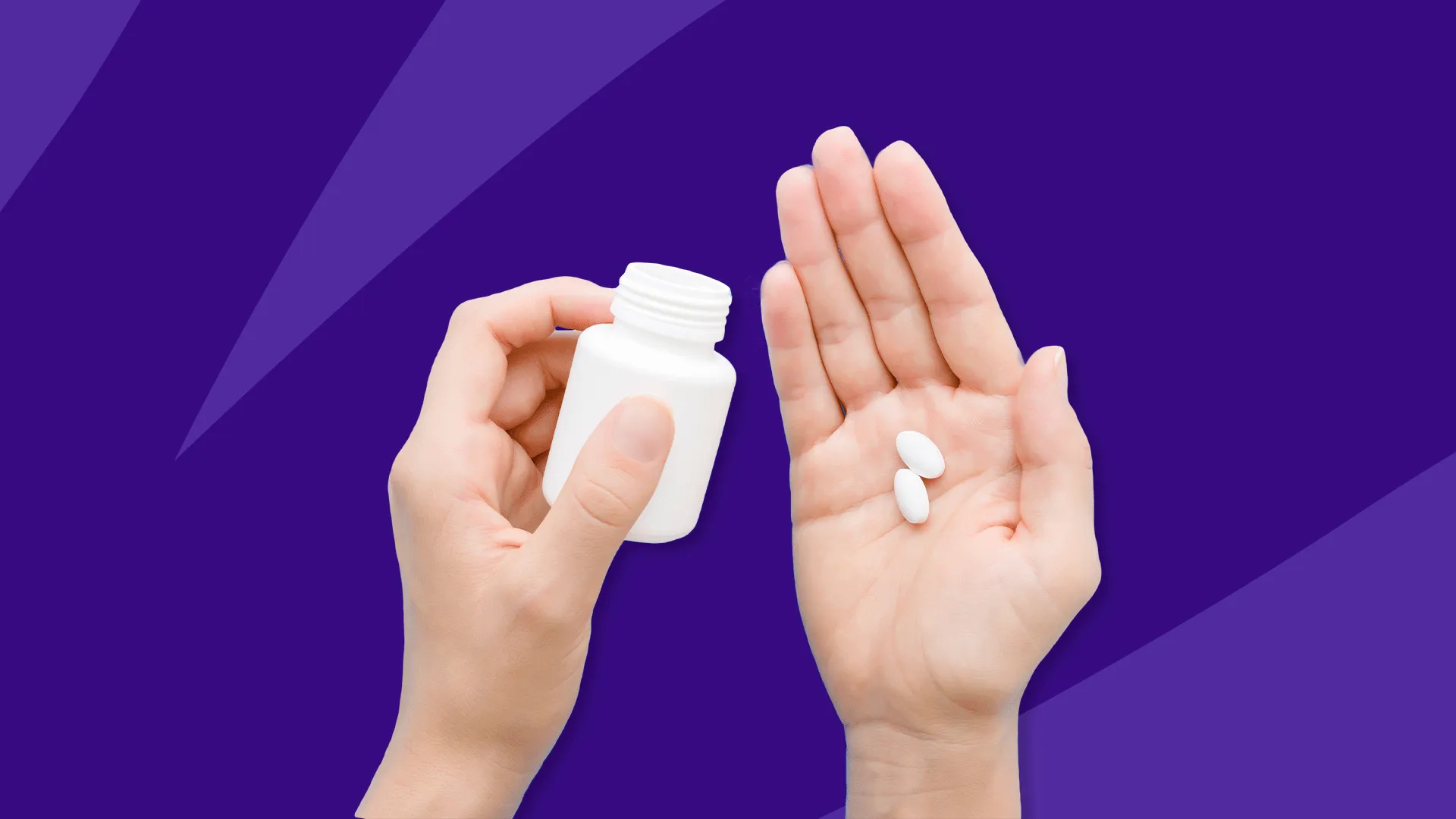Ezetimibe: An Overview
Introduction to Ezetimibe
Ezetimibe is a lipid-lowering medication primarily used to reduce cholesterol levels in the blood. By inhibiting the absorption of cholesterol in the small intestine, ezetimibe reduces total cholesterol and low-density lipoprotein cholesterol (LDL-C) levels, thus helping in the management of conditions such as hypercholesterolemia. Its selective mechanism of action distinguishes it from other cholesterol-lowering agents, like statins, which primarily work by inhibiting cholesterol production in the liver. Ezetimibe is often prescribed in conjunction with statins or alone in patients who cannot tolerate statins.
What is Ezetimibe?
Ezetimibe is a drug categorized under the class of medications known as cholesterol absorption inhibitors. It is marketed under the brand name Zetia, among others. Ezetimibe’s primary role in therapeutic settings is to manage elevated cholesterol levels, which is crucial in reducing the risk of cardiovascular diseases. Generally administered orally, it is rapidly absorbed and extensively metabolized to form an active metabolite, ezetimibe-glucuronide (source).
Approved Uses for Ezetimibe
Ezetimibe is approved for several clinical applications:
-
Primary Hypercholesterolemia: This condition is characterized by high cholesterol levels. Ezetimibe is used as monotherapy or in combination with statins to lower LDL-C levels. When combined with statins like rosuvastatin, it has shown significant efficacy in reducing total cholesterol levels, often outperforming statin monotherapy alone (source).
-
Homozygous Familial Hypercholesterolemia (HoFH): A rare genetic disorder leading to extremely high cholesterol levels and early cardiovascular diseases. Ezetimibe is used alongside statins and other lipid-lowering treatments to reduce LDL-C levels.
-
Homozygous Sitosterolemia: Also known as phytosterolemia, this is a rare inherited condition that causes the accumulation of dietary plant sterols. Ezetimibe helps in managing this condition by reducing the intestinal absorption of neutral sterols.
How Does Ezetimibe Work?
Mechanism of Action
Ezetimibe lowers cholesterol levels by selectively inhibiting the absorption of cholesterol at the brush border of the small intestine. It targets a specific protein known as Niemann-Pick C1 Like 1 (NPC1L1), which is integral to the uptake of cholesterol into the cells of the intestinal lining (source). This process not only decreases dietary cholesterol absorption but also reduces the enterohepatic recycling of cholesterol. As a result, the liver is prompted to remove more cholesterol from the blood, further reducing circulating LDL-C levels.
Pharmacokinetics
Following oral administration, ezetimibe is well absorbed. It undergoes rapid conversion to ezetimibe-glucuronide, its active form, in both the intestine and liver. Ezetimibe-glucuronide is then transported via enterohepatic circulation, contributing to its prolonged action (source). The elimination half-life of ezetimibe and its active form is approximately 22 hours, allowing for once-daily dosing which enhances patient compliance.
Interaction with Other Drugs
Ezetimibe possesses a favorable drug-interaction profile. It does not significantly affect plasma levels of common drugs, including HMG-CoA reductase inhibitors (such as atorvastatin and simvastatin), fibric acid derivatives, or other medications frequently used in patients with hypercholesterolemia. However, caution should be exercised when ezetimibe is administered with bile acid sequestrants like colestyramine, as these can significantly decrease the bioavailability of ezetimibe if not properly timed (source).
Moreover, an important consideration is the coadministration with cyclosporin, where increased ezetimibe exposure has been observed, warranting careful monitoring of cyclosporin levels.
Ezetimibe has become a critical component in the arsenal of therapies for managing elevated cholesterol levels. By effectively reducing LDL-C, it has demonstrated the advantage of being used not just as a standalone therapy but also as a complementary treatment to statins, especially for patients who either cannot tolerate high-dose statin therapy or require additional LDL-C reduction. The ability to maintain lipid control with potentially fewer adverse effects makes the rosuvastatin-ezetimibe combination a signficant advancement (source).
In forthcoming discussions, further exploration will reveal more concerning the long-term efficacy and safety profiles of ezetimibe, especially in combination regimens.
The provided content is the first half of an article on Ezetimibe, detailing its mechanism of action and uses within the field of hypercholesterolemia treatment. Below is the structured continuation, providing a comprehensive understanding with clinical context and comparative analysis:
Ezetimibe Clinical Trials
Ezetimibe has been the subject of numerous clinical trials aimed at evaluating its efficacy and safety for treating hypercholesterolemia. One notable study looked at the combination of moderate-intensity statin therapy with ezetimibe versus high-intensity statin monotherapy in patients suffering from atherosclerotic cardiovascular disease (ASCVD). The trial, called the RACING study, demonstrated that the combination therapy was non-inferior to high-intensity statin monotherapy in reducing major cardiovascular events and cholesterol levels over a three-year period (learn more).
Key Findings:
-
LDL-C Reduction: Patients on the combination therapy were more likely to maintain a target LDL-C level of less than 70 mg/dL. Among these, 73% at one year, 75% at two years, and 72% at three years maintained this LDL-C level. In contrast, lower percentages were observed in the high-intensity statin monotherapy group (55%, 60%, and 58% at corresponding time points) (source).
-
Safety and Tolerance: Discontinuation due to drug intolerance was significantly lower in the combination therapy group compared to the high-intensity monotherapy group (4.8% vs. 8.2%). This indicates a better overall tolerability of the ezetimibe and moderate-intensity statin combination (source).
These findings underscore the potential of using ezetimibe in combination with moderate doses of statins to achieve desired lipid levels, particularly in patients who may not tolerate high-dose statin therapy.
The Side Effects of Ezetimibe
Like all medications, ezetimibe is associated with a range of side effects, although it is generally well-tolerated. The side effects can vary from mild to moderate in most patients.
Common Side Effects:
-
Gastrointestinal Issues: Nausea, diarrhea, and abdominal pain are common complaints among patients taking ezetimibe.
-
Respiratory Symptoms: Some patients report upper respiratory tract infections and cough.
-
Musculoskeletal Complaints: Arthralgia (joint pain) and myalgia (muscle pain) can also occur, though less frequently than with statins.
Serious Side Effects:
-
Hepatic Concerns: Elevated liver enzymes may occur when ezetimibe is used in combination with statins. Regular liver function tests are typically recommended to monitor potential hepatic side effects.
-
Myopathy and Rhabdomyolysis: These are rare but serious muscle problems that can occur when ezetimibe is used with other lipid-lowering drugs like statins.
By recognizing and managing these side effects, healthcare providers can optimize treatment regimens for individual patients, ensuring the benefits of lipid-lowering therapy outweigh the risks.
Comparative Analysis
Despite its efficacy in LDL-C reduction, ezetimibe’s role in therapy is often debated, mainly due to comparison with statins, which are the cornerstone in the treatment of dyslipidemia.
Monotherapy Vs. Combination Therapy
-
Ezetimibe Alone: It is less effective than statins in reducing LDL-C levels. It is often reserved for patients who cannot tolerate statins or need a slight additional reduction of LDL-C when statins alone are insufficient.
-
Combination with Statins: Combining ezetimibe with statins enhances LDL-C reduction beyond that achieved with statin monotherapy and contributes to a potentially improved safety profile. This combination is pertinent for patients with familial hypercholesterolemia, who often require aggressive lipid-lowering therapy to reach their goals.
The RACing study indicated that moderate-intensity statin with ezetimibe not only targets LDL-C more effectively but also sustains it over long periods, with fewer intolerance incidents. This evidence supports the use of ezetimibe as an adjunct, especially in ASCVD patients (source).
Cost-Effectiveness
Comparative cost analysis of ezetimibe in combination therapy versus statin intensification suggests that the former may provide a more favorable cost-benefit ratio, given the additional reduction in cardiovascular events and lower incidence of adverse effects.
Together, these insights inform a strategic approach to managing hyperlipidemia, leveraging ezetimibe as either a standalone agent in statin-intolerant patients or as a crucial component of a combined therapy in those who require more significant LDL-C reductions. This evolving landscape of lipid management indicates that ezetimibe, while not a replacement for statins, enhances the therapeutic efficacy and tolerability profile, empowering patient-specific treatment plans (source).








